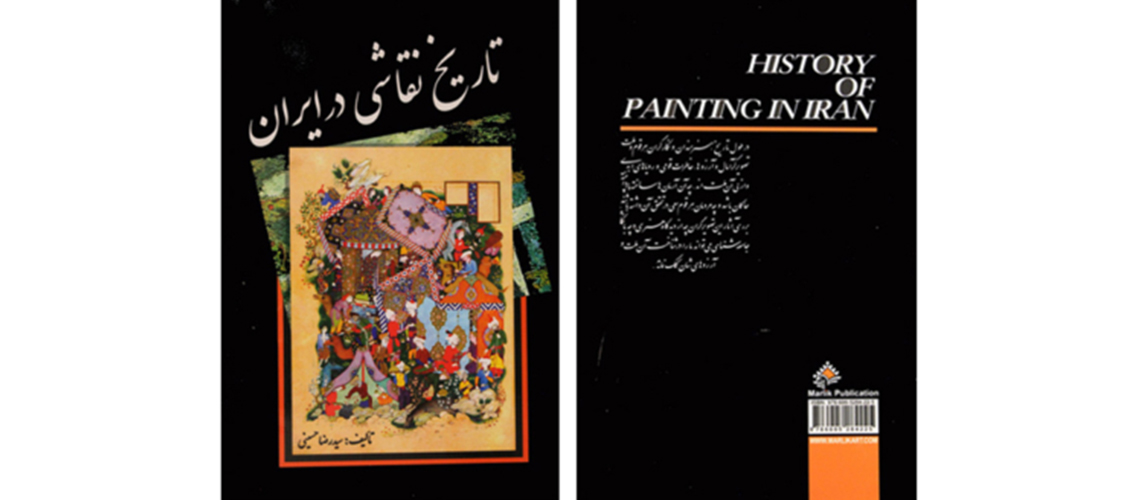
“Illustrating imagination has perennially been intertwined with the essence of humankind, encapsulating one of the enigmas of art. Humans, in their conflict with nature and the assertion of dominance over it, have expressed these perceptions in varied ways. At times, these expressions are rooted in ethnic and tribal memories, symbolizing the identity of a specific people or nation. Conversely, they may emerge from the minds of those who consider themselves civilized, distanced from nature and grappling with the undeniable reality of human solitude in the contemporary world.
In both scenarios, victorious individuals have sought to document these ideas in the chronicles of their times, providing a glimpse into the human journey towards its ideals. Artists and painters, spanning diverse ethnicities and nations, play a pivotal role in this endeavor. Their efforts to solidify life and survival through the visualization of ideas contribute to the understanding and assertion of human identity and dominion over nature.
Iranian artists, or painters residing in Iran, have successfully portrayed their ethnic memories through various means. Often pioneers in creativity and innovation, they have embraced new approaches, drawing inspiration from the experiences of other nations. Given Iran’s geographical location, artists have sought to elevate their art to the highest levels, both in terms of quantity and quality.
The genesis of this human identity, rooted in creativity and innovation, is challenging to pinpoint precisely, as only remnants provide a glimpse into its examination. However, it materializes when humans recognize their existence as beings superior to other creatures and gain awareness of their capacity for thought and reasoning. This resurgence of innovation occurs when humans illustrate to soothe their minds, forge connections with others, or bring ideas to life.
The historiography of Iran diverges significantly from other human civilizations, marked by the unique perspective of Eastern painters, influenced by distinct views of the orient towards nature. Iran, being an Eastern country, embraces a mystical and abstract perspective on nature, contributing to the prevalence
of abstraction in its art. Iranian artists have demonstrated exceptional prowess in expanding their roles across various levels, manifesting in diverse designs and roles across mediums such as pottery, metalwork, book illustrations, and various handicrafts.
A distinctive feature is the ritualistic gaze of Iranian painters, often associated with post-Islamic eras. This spiritual outlook is not exclusive to post-Islamic times, as pre-Islamic civilizations in Iran also displayed abstract themes in their works. The intertwining of religious and abstract views is evident, as any religious view necessitates an abstract expression. Ritualistic art endeavors to address otherworldly themes, and this symbiotic relationship has been a constant in Iranian art.
Despite influences from Western culture and art leading to entirely naturalistic works in Iranian art, the prevailing themes often transcend the earthly to explore metaphysical realms. This inclination towards ritualistic and abstract expressions is well-established in pre-Islamic Iranian art, from the Elamites and Lorestan to the Achaemenids and Sassanids.
In conclusion, this book aims to analyze visual events in Iran throughout history, highlighting differences in painting compared to other countries, especially in the West. It delves into the remaining pre-Islamic motifs and images, exploring their persistence and transformation after the arrival of Islam in Iran. The purpose is not to compare Iranian painting with that of other countries globally but to offer insights into the unique evolution of Iranian art.
The book comprises two chapters, with the first delving into pre-Islamic motifs and the second exploring works post-Islamic era. The interpretation presented in this book diverges from conventional perspectives found in art history books, offering a nuanced understanding of painting in Iran. It aims to preserve the intrinsic values embedded in Iranian art, expressing gratitude to all true artists, writers, historians, and enthusiasts in the field of culture and art, both Iranian and non-Iranian, for their contributions.
This book is dedicated to the pure spirit of a kind mother and artist father, whose legacy continues to inspire and shape the artistic landscape.”

Comments
Very Great Book!
great book
I recommend this book